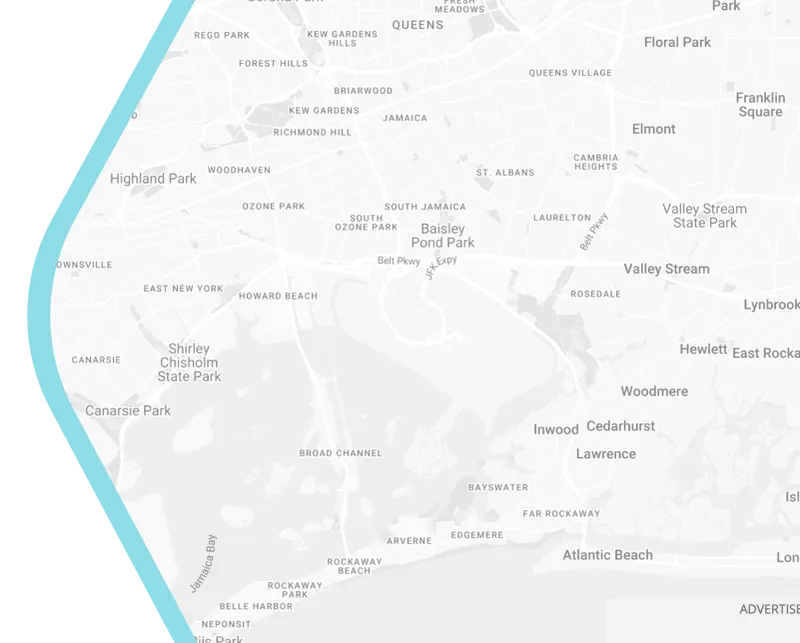
Why Universal Basic Wi-Fi Belongs in Every Smart City’s Foundation
Imagine a city where streetlights don’t just illuminate sidewalks but broadcast free internet signals. Where bus shelters double as connectivity hubs, and public parks become digital classrooms. This isn’t science fiction—it’s the logical evolution of the smart city, one where universal Wi-Fi forms the bedrock of urban equity. In Melbourne’s Docklands precinct, commuters video-call from tram stops. In Western Sydney, students access homework portals via library Wi-Fi hotspots. Yet between these bright spots lies a troubling gap: over 1.2 million Australian households remain offline in our increasingly digital-first society, according to the Australian Bureau of Statistics. This isn’t merely inconvenience; it’s systemic exclusion from education, healthcare, and economic opportunity.
The Invisible Divide Reshaping Urban Landscapes
The digital divide manifests in subtle yet devastating ways. Consider Mrs. Chen, a Melbourne senior whose telehealth appointments freeze mid-consultation because she can’t afford reliable broadband. Or Jamal, a Sydney apprentice missing job alerts because data costs consume half his wage. These aren’t isolated cases—they’re symptoms of cities prioritizing flashy tech over foundational access. When Barcelona launched its "Wi-Fi for All" initiative in 2018, it discovered 23% of low-income residents avoided essential services due to connectivity costs. Similarly, Adelaide’s northern suburbs report 34% digital disengagement despite being 15km from the CBD. This chasm between smart city aspirations and on-the-ground reality demands urgent redress.
From Luxury to Lifeline: Wi-Fi as Essential Infrastructure
Just as 19th-century cities recognized water pipes and electrical grids as public goods, 21st-century urban centers must treat Wi-Fi as critical infrastructure. The analogy runs deep:
- Water → Data: Both enable basic functioning
- Grids → Networks: Both require city-wide deployment
- Reservoirs → Servers: Both store vital resources
New York’s LinkNYC kiosks exemplify this shift—replacing payphones with free gigabit Wi-Fi hotspots that handled 42 million connections during the pandemic. Closer to home, the City of Ballarat’s free CBD Wi-Fi boosted small business revenues by 17% by enabling cashless payments and tourist engagement. When treated as public infrastructure rather than commercial commodity, Wi-Fi becomes the oxygen of smart city ecosystems.
How Universal Wi-Fi Unlocks Smarter Urban Futures
The ripple effects of connectivity extend far beyond email access. In Seoul’s digital inclusion zones, universal Wi-Fi enabled:
- Education: Remote upskilling programs increased vocational certifications by 40%
- Healthcare: Telehealth adoption reduced hospital visits by 31% in elderly communities
- Economy: Micro-entrepreneurs accessing e-commerce saw incomes rise 22%
Australia’s own Newcastle offers compelling proof. After blanketing its West End with free Wi-Fi in 2021, the council tracked a 200% surge in digital literacy course enrollments and a 28% drop in youth unemployment as online job training became accessible. These aren’t marginal gains—they’re transformational shifts powered by treating connectivity as citizenship’s new currency.
Overcoming Implementation Challenges
Skeptics cite three legitimate concerns: cost, security, and maintenance. Yet pioneering cities have developed elegant solutions:
- Cost: Adelaide’s partnership with TPG Telecom uses existing fiber backhaul, cutting deployment costs by 60%
- Security: Hobart’s network employs military-grade encryption and automatic VPN activation at login
- Maintenance: Brisbane’s solar-powered nodes with self-diagnostics reduce upkeep by 45%
The Australian Smart Cities Consortium estimates nationwide deployment would cost less than 0.3% of annual infrastructure budgets—a rounding error compared to road projects. As Perth’s CIO notes, "The real expense isn’t deployment—it’s the social and economic toll of exclusion."
The Blueprint for Australian Smart Cities
Australia stands at an inflection point. The federal government’s "Digital Foundations Strategy" now lists universal connectivity among core infrastructure categories alongside transport and energy. Forward-thinking councils are already acting:
- Melbourne is integrating Wi-Fi 6 into new tram routes
- Darwin launched Indigital Free Wi-Fi for remote Indigenous communities
- Geelong’s "Connected Corridors" program blankets disadvantaged suburbs
The path forward demands three commitments:
- Legislation: Embedding Wi-Fi access in planning approvals
- Design: Making connectivity central to precinct developments
- Community Co-Design: Letting residents shape network priorities
Rebuilding Cities on Digital Common Ground
Universal Wi-Fi isn’t about streaming movies in parks—it’s about ensuring a single mother can submit rental applications during her bus commute. It’s about enabling pensioners to access MyGov without choosing between data and groceries. And crucially, it’s about transforming smart cities from exclusive tech showcases into truly democratic spaces. When we treat connectivity as fundamental as streetlights or sewers, we don’t just upgrade infrastructure—we renew the social contract. The question isn’t whether Australia can afford universal Wi-Fi, but whether any city claiming to be "smart" can afford exclusion.
